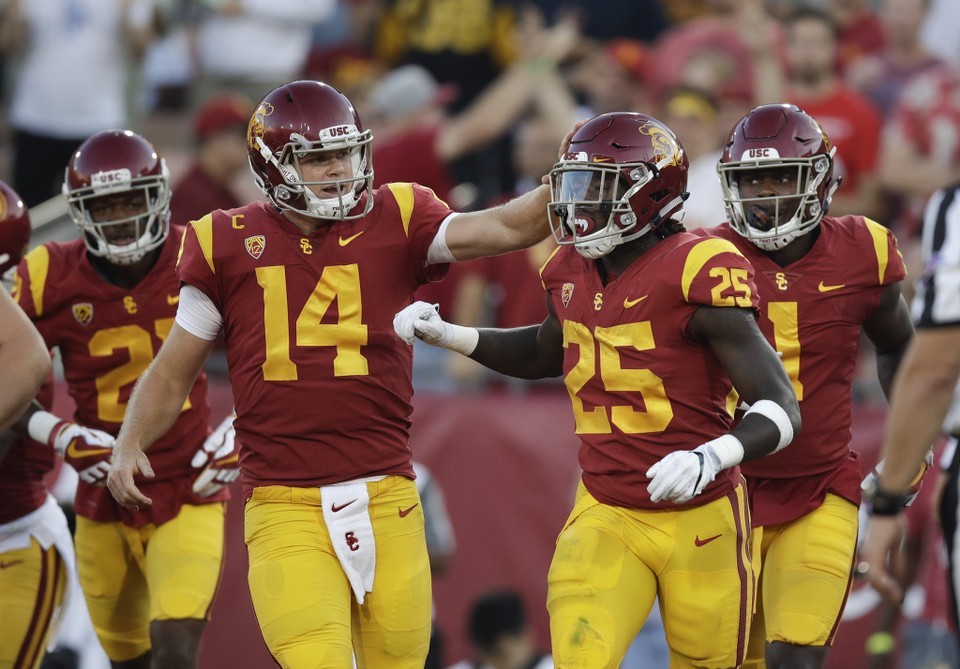

In 1994, he caught just 66 passes but still finished second in FBS with 1,362 yards-an incredible average of 20.6 YPC. But love him or hate him (as both a player and analyst), there was no denying the talent he possessed after he torched the then-Pac-10 for two seasons before becoming the No. Receiver Keyshawn Johnson (USC) is as divisive as they come. He retired as, and still is, the Pac-12's all-time leader with 3,995 career receiving yards, and he places fourth with 245 receptions. And though there was a large period of struggle between that and the current Harbaugh-Shaw era, Walters' success helped plant the seeds of Stanford's current, dominant form. His Biletnikoff-winning season in 1999 (74 catches, 1,456 yards and 10 TDs) helped Stanford reach its first Rose Bowl since 1971. Receiver Troy Walters (Stanford) wasn't the biggest or the strongest receiver, but he had an unprecedented impact on his school and, in turn, on Pac-12 history. Garrett was elected to the College Football Hall of Fame in 1985. He re-wrote the record books during his time at USC, setting the stage for his school to become "Running Back U" and paving the way for all who followed. His 1965 season, where he rushed for 1,440 yards and 13 touchdowns, earned him the Heisman Trophy, which he won by a considerable amount. Mike Garrett (USC) was a pioneer, amassing 3,221 career rushing yards and 25 career rushing TDs in an era where stats like that were unheard of.

He was elected to the College Football Hall of Fame in 1983. Simpson was a transcendent college football player whose exclusion from this list would be hard to justify-unlike Reggie Bush, his numbers haven't been vacated. He finished top-two in Heisman voting in both of those seasons-his only two as a starter-winning the Trophy in '68, where he also ran for an amazing 23 touchdowns.Īll that's happened to him off the field is troubling, but this is neither the time nor place to discuss it.

Simpson (USC) led the nation in rushing in both 1967 (1,543 yards) and 1968 (1,880).


 0 kommentar(er)
0 kommentar(er)
